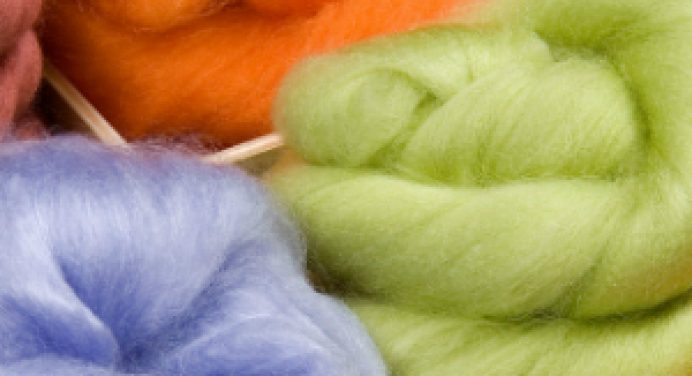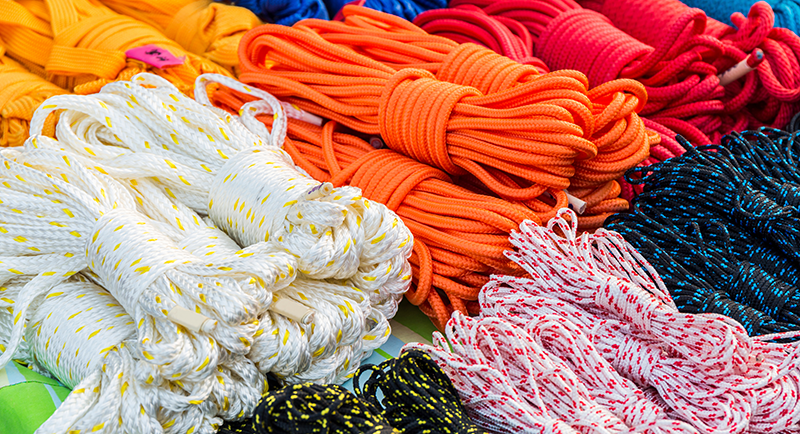Synthetic fibers, pivotal in the textile industry, stand at the forefront of modern fabric technology. These fibers, born from intricate chemical processes, offer a spectrum of properties, catering to diverse applications. Let’s embark on a journey through the realm of synthetic fibers, unveiling their unique characteristics and versatile uses.
Synthetic Fibers: The Building Blocks of Modern Textiles
At their core, synthetic fibers are crafted from polymers, akin to materials used in plastics, rubbers, and adhesives. Predominantly, they are classified into two groups: synthetic and cellulosic fibers.

1. Synthetic Fibers: The Powerhouse of Durability and Versatility
- Polyester: The Resilient All-Rounder
Polyester, primarily composed of ester compounds, emerges from petroleum sources. It’s celebrated for augmenting the shrinkage resistance, durability, and wrinkle-free nature of natural fibers like cotton. Ideal for outdoor gear, polyester boasts remarkable environmental resistance. - Acrylic: The Cozy Companion
Acrylic fabric, known for its low breathability, excels in heat retention. It finds its place in athletic gear and sportswear, including tracksuits and hoodies, keeping athletes warm and comfortable. - Polypropylene: The Moisture-Wicking Marvel
Polypropylene, a nonwoven textile, stands out for its moisture transfer capability. This fabric, while not absorbing moisture, facilitates its passage, making it a top choice for moisture-wicking applications. - Viscose (Rayon): The Cotton Mimic
Viscose, or rayon, is a semi-synthetic material derived from a honey-like liquid. Sharing similarities with cotton, it serves as an affordable alternative, blending comfort with cost-effectiveness.

2. Cellulosic Fibers: Innovations in Lightweight and Functional Fabrics
- Metallic Fibers: The Futuristic Fabric
Crafted from metals and metal-coated materials, metallic fibers are a lightweight, cost-effective solution for diverse uses, including infrastructure and EMI shielding. - Glass Fibers (Fiberglass): The Strong and Silent Type
Glass fibers, fine strands of glass, are known for their strength, durability, and lightweight properties. Beyond home furnishings, they find applications in various industrial sectors. - Propylene: The Hygiene Hero
Similar to polypropylene, propylene fabric excels in moisture transfer and is non-absorbent. It’s widely used in hygiene products, medical textiles, and protective clothing.
The Essence of Synthetic Fibers in Textiles
Synthetic fibers are the backbone of the textile industry, bringing durability, comfort, and versatility to our daily lives. From the robustness of polyester to the warmth of acrylic, the moisture management of polypropylene, or the versatility of viscose, these fibers meet a plethora of needs in clothing, outdoor equipment, and industrial applications.
Connect with Locofast for Your Synthetic Fiber Solutions
If you’re exploring the right synthetic fiber for your project or seeking expert advice in sourcing these materials, Locofast is your go-to guide. Reach out to us for insights and assistance in navigating the dynamic world of synthetic fibers and textiles.
Read more about different kinds of fabric fibers.
Contact Locofast for all your fabric needs and inquiries.
